A Berkeley Lab team tags dramatic weather events in atmospheric models, then applies supercomputing and deep learning to refine forecasts.

Molecular landscaping
A Brookhaven-Rutgers group uses supercomputing to target the most promising drug candidates from a daunting number of possibilities.
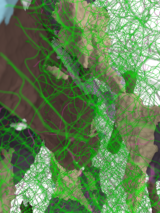
Forged in a Firestorm
A Livermore team takes a stab, atom-by-atom, at an 80-year-old controversy over a metal-shaping property called crystal plasticity.
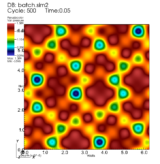
Visions of exascale
Argonne National Laboratory’s Aurora will take scientific computing to the next level. Visualization and analysis capabilities must keep up.

ARM wrestling
Aiming to expand their technology options, Vanguard program researchers are testing a prototype supercomputer built with ARM processors.
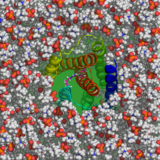
Revving up chemistry
Exascale computing, combined with redesigned computational chemistry software, could help researchers develop new renewable energy materials and greener chemical processes.
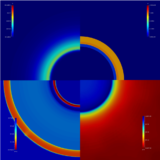
Multiphysics models for the masses
Los Alamos tool lends user flexibility to ease use of stockpile-stewardship physics simulations.
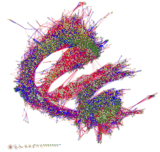
Genome-crunching
Supercomputing power and increasing genomic data are allowing Oak Ridge researchers to examine drought tolerance in plants and other big biological questions.

Swimming lessons
A Berkeley Lab-Northwestern University team follows fish movements to build energy-efficiency algorithms.
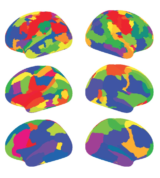
Higher learning
Computational Science Graduate Fellow Alnur Ali rides an early career at Microsoft to the upper ranks of machine-learning research.

Scaling the unknown
A supercomputing co-design collaboration involving academia, industry and national labs tackles exascale computing’s monumental challenges.
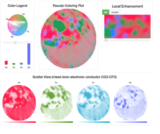
Meeting the eye
A Brookhaven National Laboratory computer scientist is building software to help researchers interact with their data in new ways.

Water works
Complex simulations are unraveling the idiosyncrasies of this unique liquid’s behavior.

A fusion fix
Graduate fellow leads software project to head off damaging fusion energy disruptions.

Connecting equations
A Sandia National Laboratories mathematician is honored for his work creating methods for supercomputers.

Enhancing enzymes
High-quality computational models of enzyme catalysts could lead to improved access to biofuels and better carbon capture.
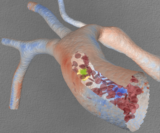
Virtual vessels
The circulatory simulations a Computational Science Graduate Fellowship alumna now at Duke University could help physicians choose the best treatments before operating.

Cloud forebear
A data-management system called PanDA anticipated cloud computing to analyze the universe’s building blocks.

Booting up Trinity
The unusual architecture in Los Alamos National Laboratory’s newest supercomputer is a step toward the exascale – systems around a hundred times more powerful than today’s best machines.
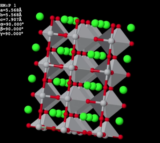
Materials cookbook
A Berkeley Lab project computes a range of materials properties and boosts the development of new technologies.

Ditching intuition
Replacing lab tedium for efficiency, SLAC-Stanford team taps machine learning to screen for chemicals with promising properties.

No passing zone
Lawrence Livermore National Laboratory models the blood-brain barrier to find ways for drugs to reach their target.

Chipping away
Redirecting an old chip might change the pathway to tomorrow’s fastest supercomputers, Argonne National Laboratory researchers say.
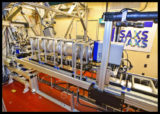
Nanogeometry
With a boost from the Titan supercomputer, a Berkeley Lab group works the angles on X-rays to analyze thin films of interest for the next generation of nanodevices.

Forecasting failure
Sandia National Laboratories aims to predict physics on a micrometer scale.





